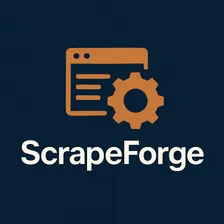Amazon Product Scraper
Pricing
$15.00 / 1,000 results
Amazon Product Scraper
🛒 Extract comprehensive Amazon product data including prices, ratings, reviews, images & more. Supports all Amazon domains globally. Simply paste any Amazon URL - handles tracking parameters automatically. Get structured JSON output with rich product details. Fast, reliable & easy to use! ⚡
Pricing
$15.00 / 1,000 results
Rating
0.0
(0)
Developer

ScrapeForge
Actor stats
0
Bookmarked
18
Total users
1
Monthly active users
2 months ago
Last modified
Categories
Share

